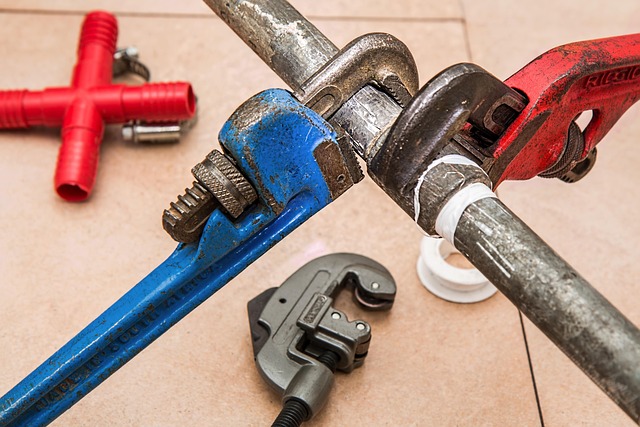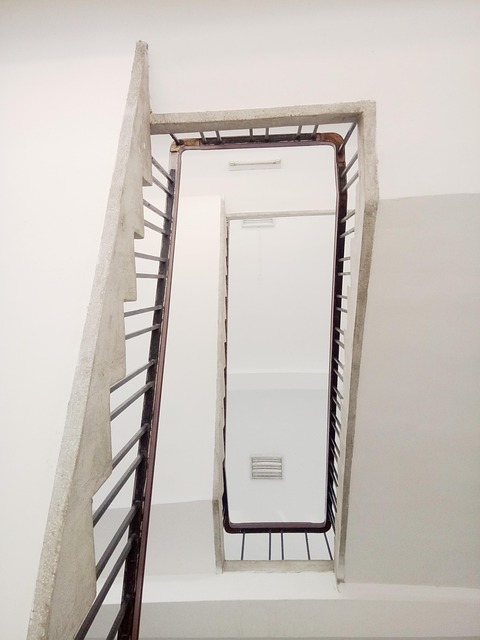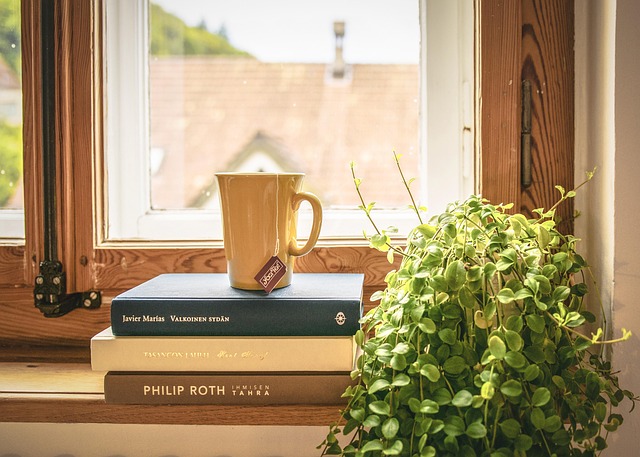Pressure regulators are vital plumbing components that maintain optimal water pressure, prevent damage from extreme variations, and reduce corrosion, leaks, and burst pipes. They complement water-efficient fixtures like low-flow showerheads and aerators, minimizing water wastage, lowering utility bills, and promoting environmental sustainability. Installing and maintaining these regulators enhances plumbing performance, while water-efficient fixtures, such as those offering low flow rates or dual-flush options, significantly reduce water usage and energy consumption, benefiting both homeowners and the environment.
Protect your pipes and enhance home efficiency with pressure regulators. This essential component regulates water pressure, ensuring optimal performance while preventing damage from spikes. In an era focused on sustainability, understanding the role of pressure regulators becomes crucial. This article delves into the benefits of these devices, explores different types of water-efficient fixtures, provides a step-by-step installation guide, and shares maintenance tips to maximize their longevity and your water savings.
- Understanding Pressure Regulators: Their Role and Benefits
- Types of Water-Efficient Fixtures and Their Efficiency
- Installation Process: Step-by-Step Guide for Pressure Regulators
- Maintenance Tips to Ensure Optimal Performance and Longevity
Understanding Pressure Regulators: Their Role and Benefits

Pressure regulators play a vital role in maintaining optimal water pressure within plumbing systems, ensuring both efficiency and longevity. These devices are designed to control and reduce water pressure, protecting pipes from potential damage caused by excessive force. By regulating pressure, they prevent sudden spikes or drops, which can lead to pipe corrosion, leaks, or even burst pipes.
One of the key benefits of installing pressure regulators is their contribution to water conservation. Water-efficient fixtures, including low-flow showerheads and aerators, work in tandem with these regulators to minimize water wastage without compromising performance. This not only reduces utility bills but also aligns with environmental sustainability goals by preserving this precious resource.
Types of Water-Efficient Fixtures and Their Efficiency

Water-efficient fixtures have gained significant traction in recent years as part of the global effort to conserve water resources. These fixtures include low-flow showerheads, faucet aerators, and dual-flush toilets. Low-flow showerheads, for instance, use advanced technologies to deliver a satisfying shower experience while consuming significantly less water compared to traditional models. Faucet aerators mix air with water, resulting in a steady stream that reduces water usage without compromising on pressure. Dual-flush toilets offer two flushing options—a smaller flush for liquid waste and a larger one for solid waste—which can cut down on water consumption considerably.
The efficiency of water-efficient fixtures lies not just in their reduced water usage but also in their positive environmental impact. By minimizing water wastage, these fixtures contribute to the preservation of freshwater resources, which are increasingly under strain due to climate change and population growth. Moreover, many water-efficient fixtures come with energy-saving benefits, as less energy is required to heat water when it’s used more efficiently. This dual benefit makes them a compelling choice for homeowners, businesses, and municipalities looking to adopt sustainable practices.
Installation Process: Step-by-Step Guide for Pressure Regulators

Installing pressure regulators is a straightforward process that can significantly enhance the performance and longevity of your plumbing system. Here’s a step-by-step guide to help you navigate this task.
1. Prepare the Area: Begin by shutting off the water supply to the relevant pipes. Locate the access points for the valves and ensure the area is well-lit for easy visibility. Gather all necessary tools, including your pressure regulator, wrenches, and any other accessories provided with the regulator.
2. Connect the Regulator: Attach one end of the pressure regulator to the water pipe using the appropriate fittings. Tighten the connections securely with wrenches. Then, connect the other end to the fixture or appliance you want to regulate. Make sure all joints are tightly sealed to prevent leaks.
3. Adjust the Setting: Refer to your pressure regulator’s instructions to set the desired pressure level, typically between 40-60 PSI for most household applications. This ensures optimal performance while promoting water efficiency through reduced wastage, a key benefit of water-efficient fixtures.
4. Test for Leaks: After installation, turn on the water supply and check for any leaks at the connections. If leaks are present, tighten the fittings as necessary. Once leaks are resolved, monitor the system to confirm the pressure remains stable within the set range.
Maintenance Tips to Ensure Optimal Performance and Longevity

Regular maintenance is key to keeping pressure regulators in top condition and ensuring they provide years of reliable service. Start by inspecting the regulator for any signs of damage, corrosion, or leaks. Addressing these issues promptly can prevent more serious problems down the line. Clean or replace filters as recommended by the manufacturer, as dirty filters can restrict water flow and reduce efficiency.
Consider using water-efficient fixtures in conjunction with your pressure regulators to maximize savings. Periodically check for proper air pressure settings, as an incorrect reading can lead to inefficient operation. Keep an eye on temperature fluctuations, as extreme heat or cold can affect the regulator’s performance. Lastly, remember to test and replace pressure relief valves according to the manufacturer’s guidelines to maintain optimal pressure levels and protect your plumbing system from potential damage.
